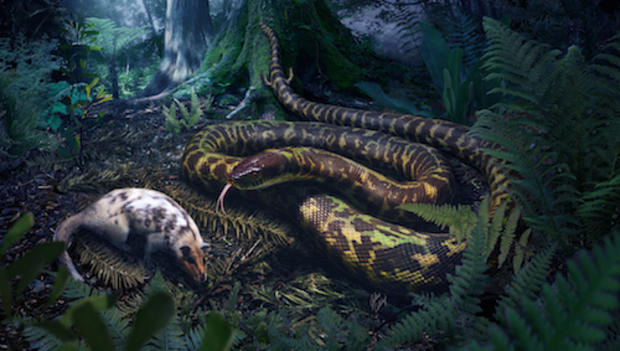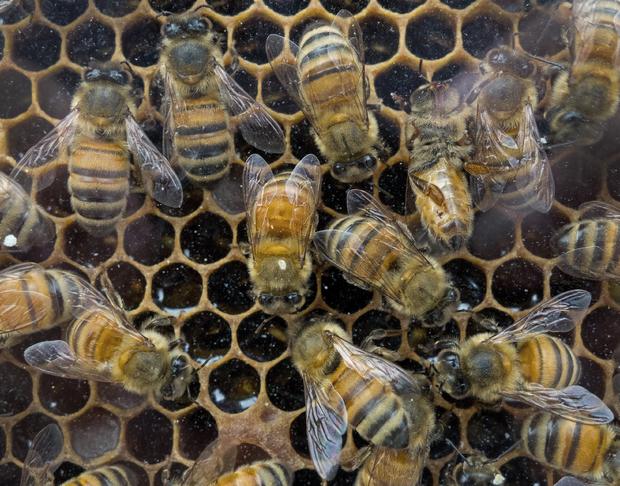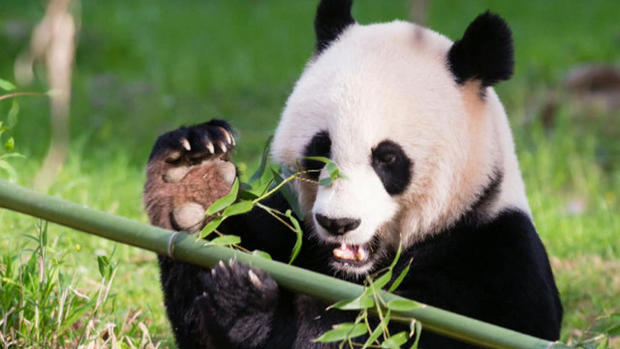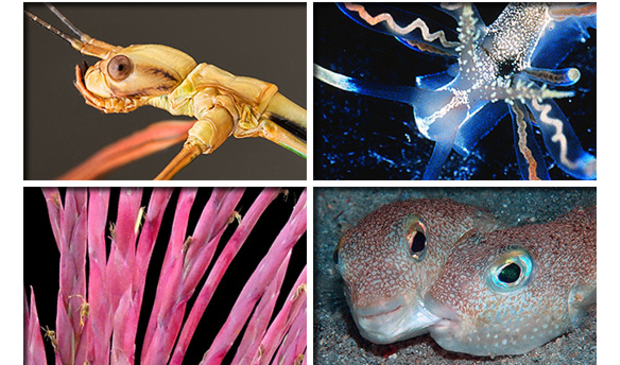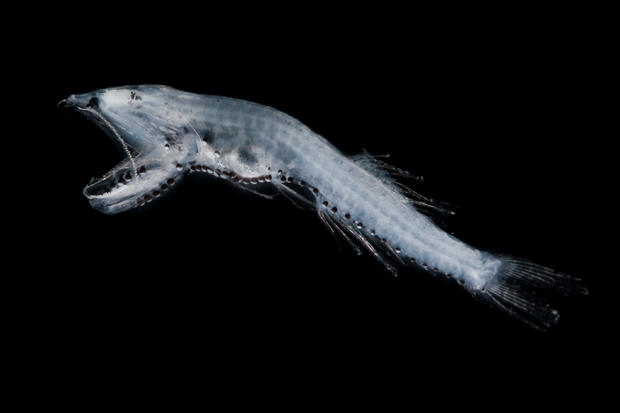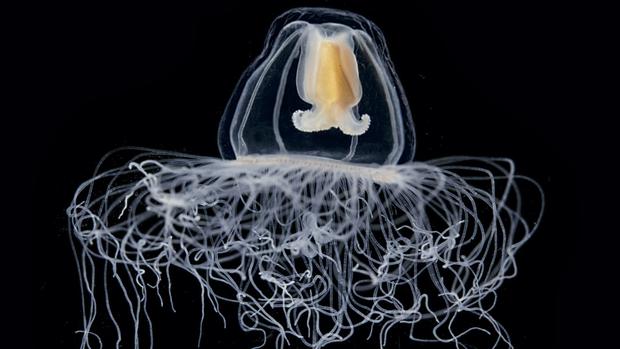Best animal stories of the week
Mary Lee is a great white shark and a social media celebrity.
The shark, which was tagged off the coast of Cape Cod, is among hundreds of sharks that OCEARCH, a Utah-based organization, has tagged and tracked since 2007. She has more than 50,000 fans on Twitter (@MaryLeeShark) who follow her as she travels up and down the Eastern seaboard, posting witty updates all the way.
The fake Twitter handle isn't affiliated with OCEARCH, but the organization appreciates the attention the messages have generated.
Read more here.
Have legs, will slither
A new study paints an interesting portrait of the earliest ancestor of snakes -- and it's got legs.
Writing in the journal BMC Evolutionary Biology this week, a group of Yale University scientists described an ancient snake that lived 128 million years ago as a nocturnal stealth hunter with a pair of little legs.
"Our analyses suggest that the most recent common ancestor of all living snakes would have already lost its forelimbs, but would still have had tiny hind limbs, with complete ankles and toes," said Daniel Field, a Ph.D. candidate at Yale and co-author of the study.
Read more here.
Good news for bees
The federal government hopes to reverse America's declining honeybee and monarch butterfly populations by making more federal land bee-friendly, spending more money on research and considering the use of less pesticides.
U.S. beekeepers lost more than 40 percent of their colonies last year. The federal plan is an "all hands on deck" strategy that for restoring 7 million acres of bee habitat in the next five years.
Read more here.
Watching walruses
A popular webcam showing large male Pacific walruses lying on the beach with a Hitchcockian number of seabirds flying overhead is once again streaming to the Internet.
The high-definition stream from Alaska's remote Round Island had been dormant for nearly a decade after private funding ran out, but a version is back now, thanks to a philanthropic organization that operates a series of nature webcams from around the planet. The walrus cam, part of the Pearls of the Planet series, can be viewed at explore.org and above.
Read more here.
Panda poop
Even though bamboo is their main food source, giant pandas are horrible at digesting it, a new study of their gut bacteria finds.
A look at the giant-panda gut microbiome (bacteria living in the stomach and intestines) showed that the animals have relatively few bacteria that help digest fibrous plants such as bamboo.
Over time, the giant panda developed a powerful jaw and teeth to help it chew the fibrous plant. It also developed enlarged pseudothumbs (a wrist bone that acts like a thumb) to help it grasp bamboo stems, the researchers wrote in the study. But the animal's gut still looks like that of a carnivore, and it can digest only about 17 percent of the bamboo it eats, the researchers said.
Read more here.
Best new species
Each year, the International Institute for Species Exploration (IISE), part of the State University of New York, names its favorite newly discovered species. This year's crop includes a "chicken from hell," a cartwheeling spider and an adorable, artistic pufferfish (shown above, bottom right).
See the full list here.
Magnificent microscopic creatures of the deep
In a project of unprecedented scope, a Tara oceans expedition collected 3,500 samples of ocean plankton -- viruses, microbes and microscopic eukaryotes that drift with the currents -- from 2009 to 2013 in all the world's oceans.
"This is the largest DNA sequencing effort ever done for ocean science: analyses revealed around 40 million genes, the vast majority of which are new to science, thus hinting towards a much broader biodiversity of plankton than previously known," said Patrick Wincker, one of the researcher leaders on the expedition.
Many of the plankton -- featured in a series of beautiful images -- look like something from a sci-fi film. Blown up, they look downright scary with their translucent skin, sharp claws and menacing jaws.
See the pictures and read more here.
